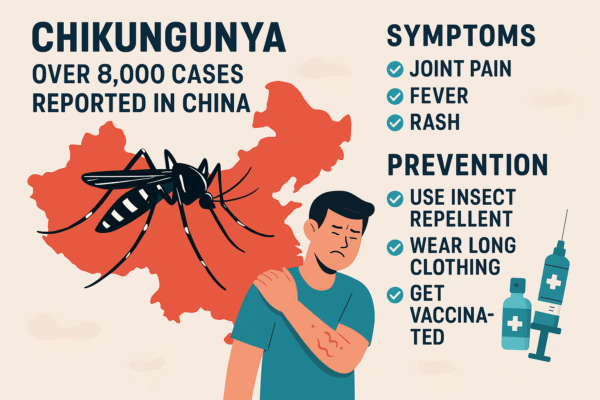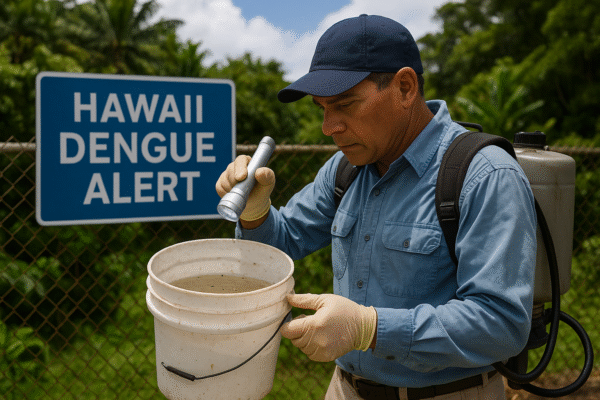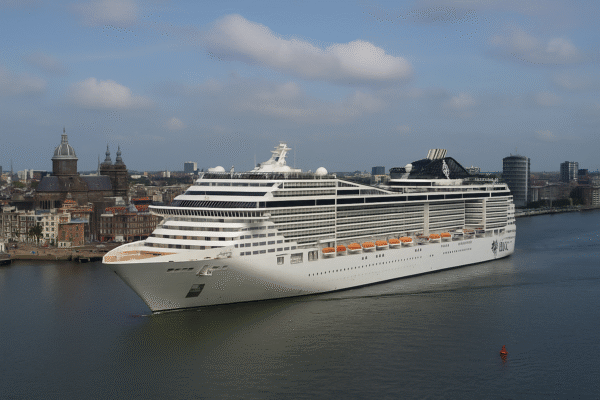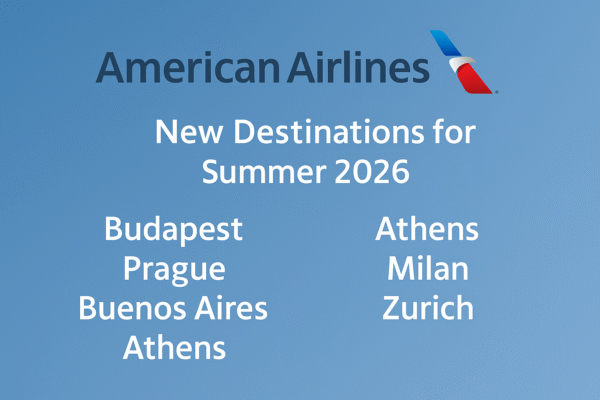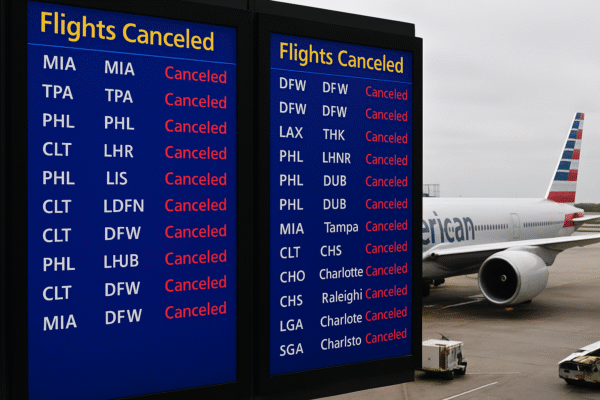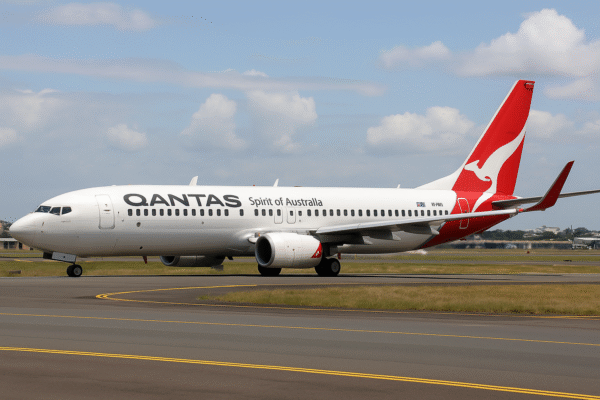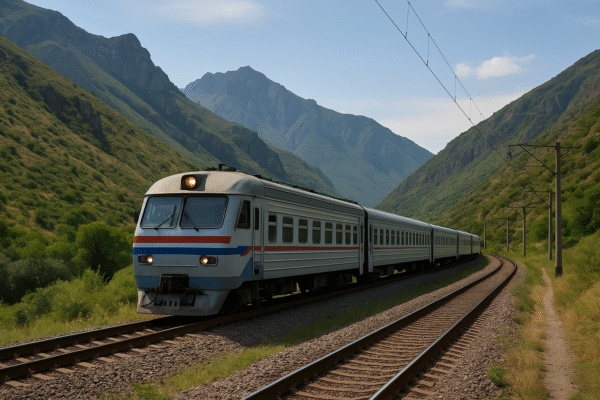On August 8, 2025, a breakthrough pact was unveiled at the White House: the United States, Armenia, and Azerbaijan jointly endorsed the launch of a groundbreaking railway transit route—named the “Trump Route for International Peace and Prosperity”—threading its way through southern Armenia’s Syunik region. This trailblazing link, under a 99-year U.S. development lease, bridges mainland Azerbaijan with its landlocked exclave, Nakhchivan, while embedding substantial improvements in local tourism and infrastructure.
Nestled in the lush hills of Syunik, this approximately 27-mile (43-kilometer) corridor offers tourists and travelers a scenic and seamless way to explore the South Caucasus by train—melding convenience, culture, and stability. Operating under Armenian sovereignty, yet spearheaded by U.S.-led development, the corridor promises rail services along with integrated roadways, energy pipelines, fiber-optic links, and potentially electricity transmission, creating a holistic transport and tourism infrastructure.
This strategic corridor not only strengthens regional bonds but also unlocks an entirely new gateway to Armenia’s rich landscapes—mountainous panoramas, historic monasteries, and genuine local hospitality—now within easy reach by rail from neighboring countries. Tourists can anticipate comfortable journeys through picturesque valleys, with access to renowned locales like Tatev, Goris, and the Meghri region.
Tourism Impacts at a Glance:
- Effortless Connectivity: Travelers from Azerbaijan—particularly from Baku and onward through Nakhchivan—can now reach southern Armenia and beyond by train, reducing travel time and enhancing cross-border exploration.
- Boosted Economic Stability: The corridor’s construction and operation are generating jobs and invigorating hospitality and transport sectors within Armenia’s Syunik province.
- Sustainable Travel: Rail transit adds an eco-friendly dimension, minimizing carbon footprints while navigating one of the region’s most scenic corridors.
- Cultural Crossroads: By facilitating passage through Armenia, Azerbaijan, and potentially Turkey, the route enriches opportunities to experience the South Caucasus’ mosaic of traditions, cuisine, and heritage.
This leap in regional accessibility aligns with the broader “Crossroads of Peace” initiative, which envisions seamless railway and multimodal links across Armenia to its neighbors—including Iran, Georgia, and Turkey—under equitable, sovereign terms. The Zangezur link complements that vision by anchoring Armenia within an expanding network of transit-oriented tourism.
That said, not all regional actors have welcomed the corridor with open arms. Iran, in particular, has expressed strong opposition—some officials warning that the project risks destabilizing regional dynamics and even describing it in stark terms, though its critics suggest these statements may carry symbolic weight as much as genuine resistance. Meanwhile, Russia, wary of decreased influence, has signaled concern over foreign-led infrastructure reshaping the South Caucasus landscape.
Despite these tensions, the corridor’s launch marks a monumental shift in travel potential across the region—elevating Armenia’s tourism appeal from hidden gem to accessible destination. Picture an itinerary where international visitors journey via rail through Armenia’s dramatic Syunik terrain, visit centuries-old monasteries, savor local flavors in Goris, and continue deeper into the Caucasus—all in a single, scenic transit.
Looking Ahead, the “Trump Route” could serve as a springboard for additional cross-border trains, boutique rail tourism packages, and even international festivals celebrating regional unity. Collaborative efforts among Armenia, Azerbaijan, and other neighbors could reinforce safety, ease, and cultural exchange—making the South Caucasus a new tourism frontier.
In closing, this landmark corridor is more than an infrastructural achievement—it’s a bridge to discovery. Armenia’s Zangezur region stands ready to welcome travelers to its natural splendor and storied heritage—now more accessible, connected, and promising than ever before.
For more travel news like this, keep reading Global Travel Wire





